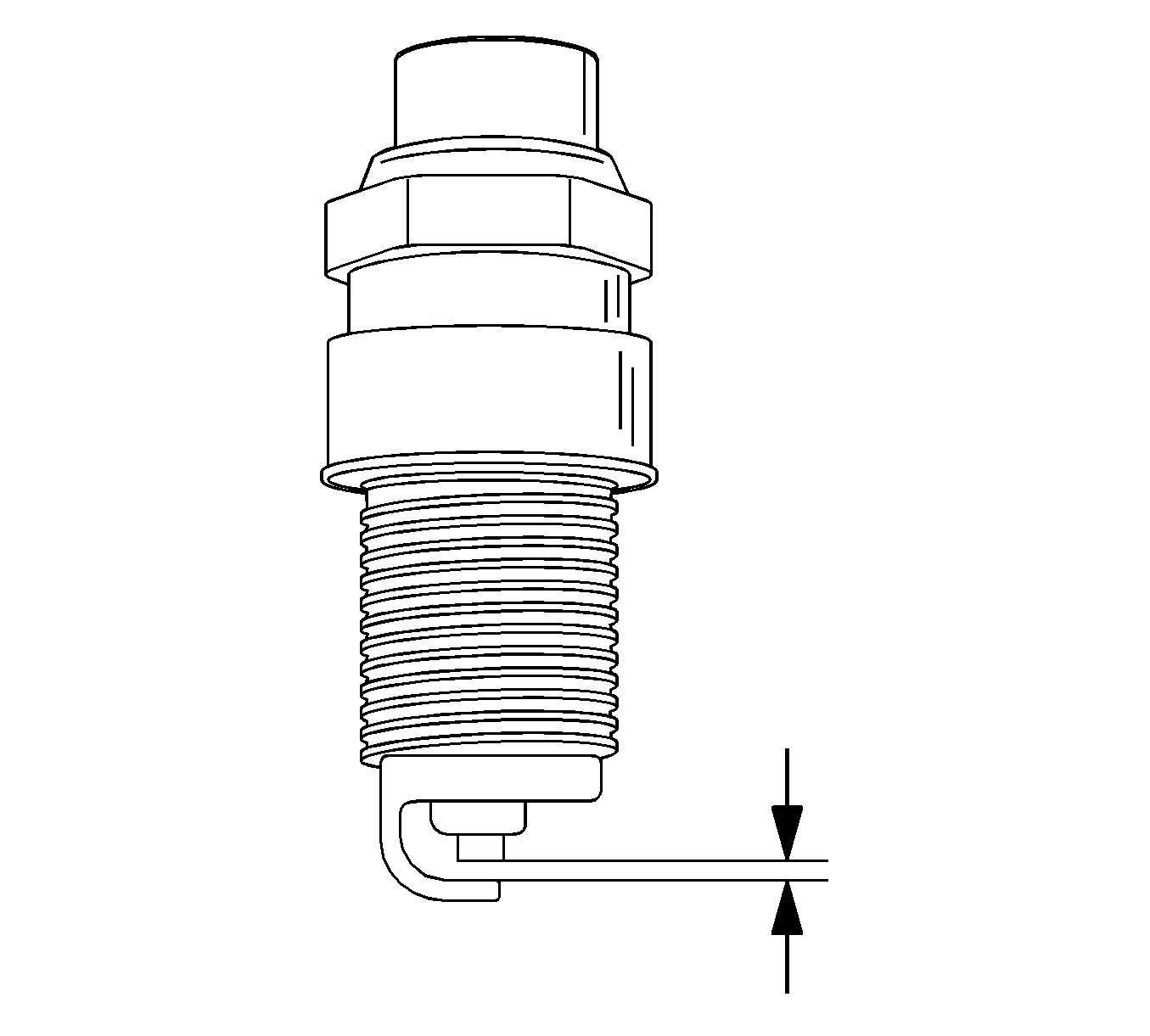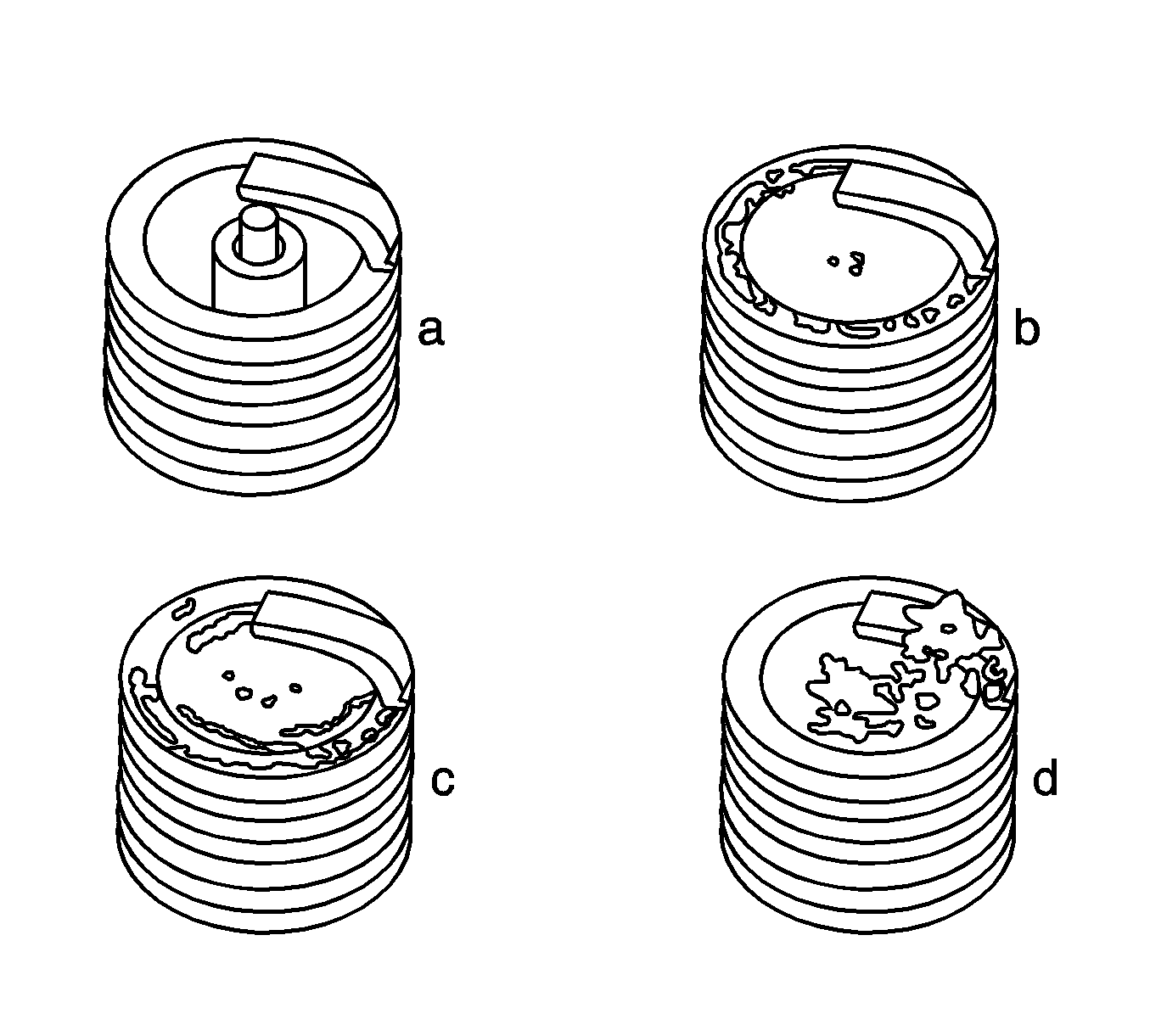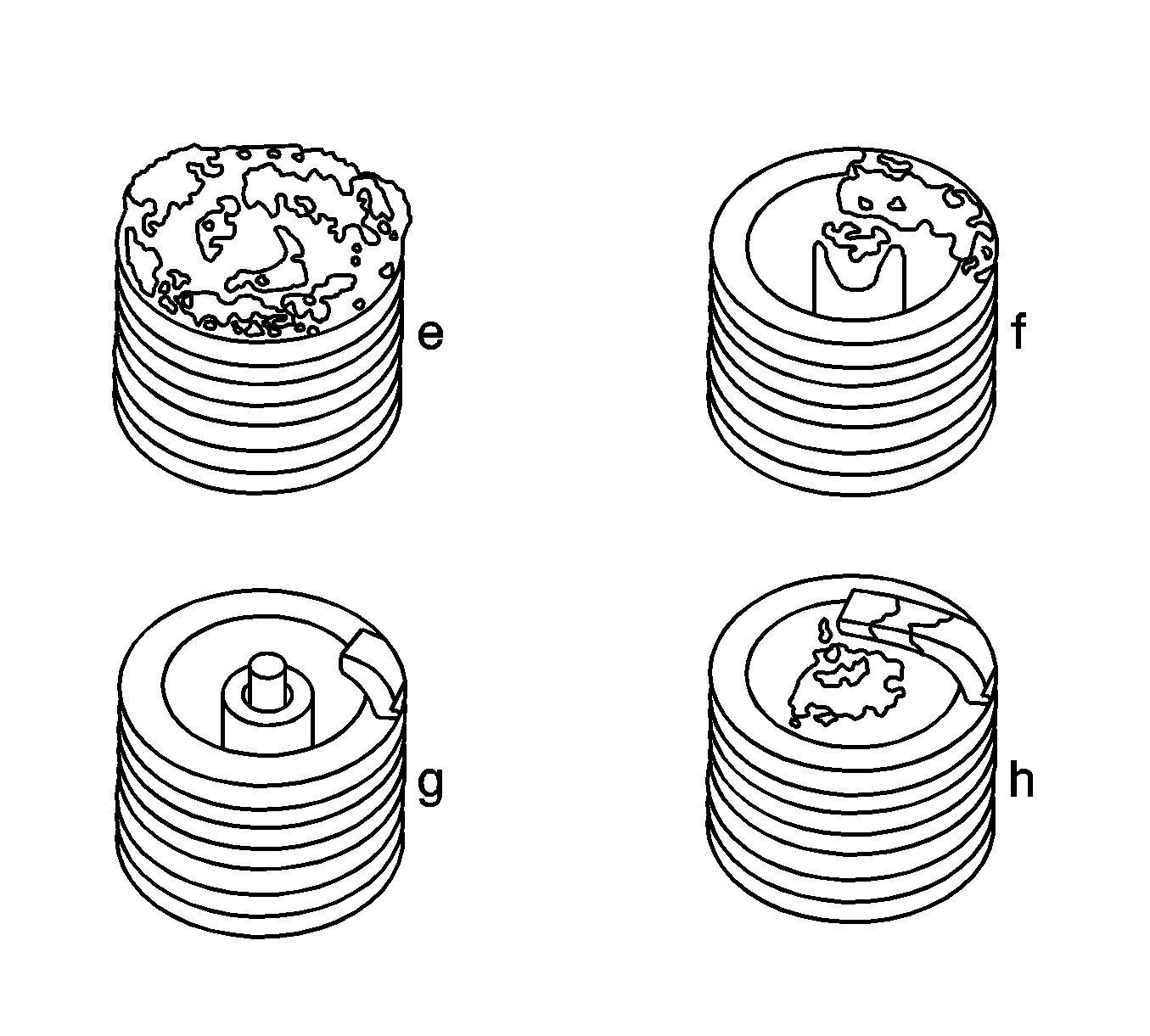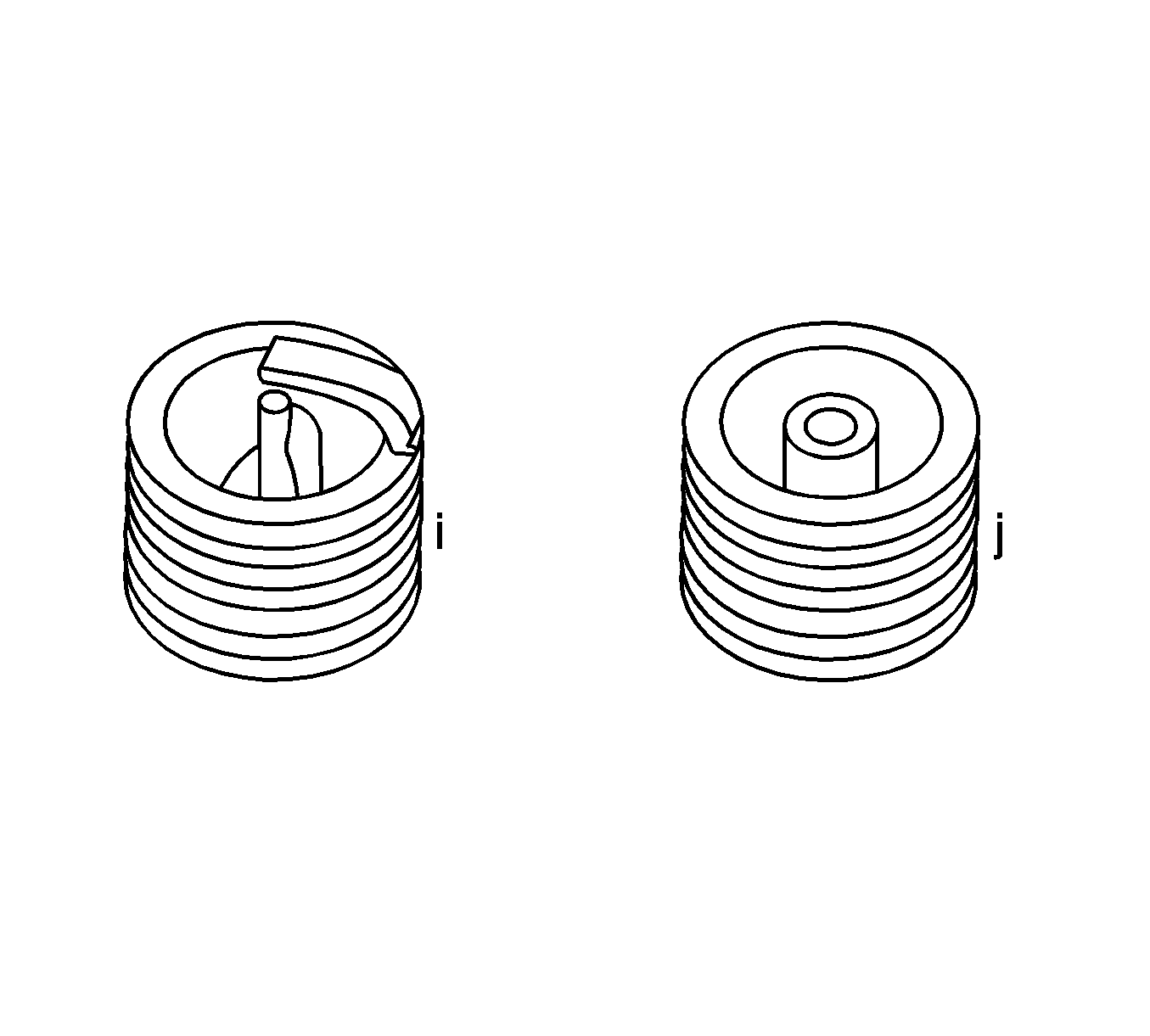
After checking the spark plug for bad clearance, excessive carbon deposit, worn electrode or damaged insulator, replace the new one if necessary.
Remove and check the spark plug as follows;
- Pull the ignition wire cap portion and disconnect the ignition wires from the spark plug, If the pulling the ignition wires, circuit could be disconnected. Therefore, the cap portion should be used.
- Remove the spark plug from the cylinder head using a wrench.
- Measure the spark plug clearance with the filler gauge. If measured values is not within the specified value, adjust the grounding electrode. When installing a new spark plug, check the equality and then install it.
- Inspect the spark plug as below.
Poor Spark Plug Performance
A spark plug can perform poorly due to wear, dirt, carbon fouling, excessive electrode wear, a broken insulator or excessive gap.
Worn of Dirty Plugs
Worn or dirty plugs can give satisfactory operation while the vehicle is idling, but break down under load. This can cause:
| • | Poor fuel economy |
| • | Power loss |
| • | Acceleration loss |
| • | Difficult starting |
| • | Poor engine performance |
Carbon Fouling
Carbon fouling is indicated by black carbon deposits. the black deposits are usually the result of slow-speed driving and short runs. In these circumstances, the optimum engine operating temperature is seldom reached. Fouling can also be caused by:
| • | Worn piston rings |
| • | Faulty ignition |
| • | Rich fuel mixture, or spark plugs that are related too cold |
Excessive Electrode Wear
This often indicates:
| • | The engine is operating at high speeds. |
| • | The engine is operating at levels that are consistently greater than normal. |
| • | A plug that is rated too hot |
| • | Excessively lean fuel mixture, or plug/s overheating due to insufficient tightening (caused by combustion gases leaking past the threads) |
Broken Insulator
Broken insulators are usually the result of improper installation or carelessness.
Breaks in the upper insulator can result from a poor fitting spark plug socket or impact. The cracked insulator may not show up until oil or moisture penetrates the crack. The crack is often just below the crimped part of the shell and may not be visible.
This can also result from the plug operating too hot. For example, in periods of high speed operation or under heavy loads.

Normal (a): Brown or grayish-tan deposits and slight electrode wear indicate correct spark plug heat range and mixed periods of high and low speed driving.
Carbon Fouled (b): Dry, fluffy black carbon deposits possibly due to poor ignition output, a weak coil, excessive idling or slow speeds under light load. If spark plug temperatures remain too low for normal combustion, the deposits are not burned off.
Oil Fouled (c): Wet, oily deposits with minor electrode wear possibly due to oil leaking past worn piston rings. Breaking in a new or recently overhauled engine before the rings are fully seated may also result in this condition.
Deposit Fouling A (d): Red brown, yellow and white colored coatings on the insulator tip which are by-products of combustion. They come from fuel and lubricating oil which generally contain additives. Most powdery deposits have no adverse effect on spark plug operation, however, they may cause intermittent missing under severe operating conditions.

Deposit Fouling B (e): Deposits similar to those identified in deposit fouling A (4). These are also by-products of combustion from fuel and lubricating oil. Excessive valve stem clearances and/or defective intake valve seals allow too much oil to enter the combustion chamber. The deposits will accumulate on the portion of the spark plug that projects into the chamber and will be heaviest on the side facing the intake valve. If this condition is only detected in one or two cylinders, check the valve stem seals.
Deposit Fouling C (f): Most powdery deposits identified in deposit fouling A (4) have no adverse effect on the operation of the spark plug as long as they remain powdery. Under certain conditions of operation however, these deposits melt and form a shiny glaze coating on the insulator. When hot, this acts as a good electrical conductor allowing the current to flow along the deposit instead of sparking across the gap.
Detonation (g): Commonly referred to as engine knock or pinging, detonation causes severe shocks inside the combustion chamber causing damage to parts.
Pre-ignition (h): Burnt or blistered insulator tip and badly eroded electrodes probably due to the excessive heat. This is often caused by a cooling system blockage, sticking valves, improperly installed spark plugs or plugs that are the wrong heat rating (too hot). Sustained high speed with a heavy load can produce temperatures high enough to cause pre-ignition.

Heat Shock Failure (i): A rapid increase in spark plug tip temperature under severe operating conditions can cause heat shock and result in fractured insulators. This is a common cause of broken and cracked insulator tips.
Insufficient Installation Torque (j): Poor contact between the spark plug and the cylinder head seat. The lack of proper heat transfer that results from poor seat contact causes overheating of the spark plug. In many cases, severe damage occurs. Dirty threads in the cylinder head can cause the plug to seize before it is seated. Ensure the cylinder head and spark plug threads are free of deposits, burrs and scale before installation.
